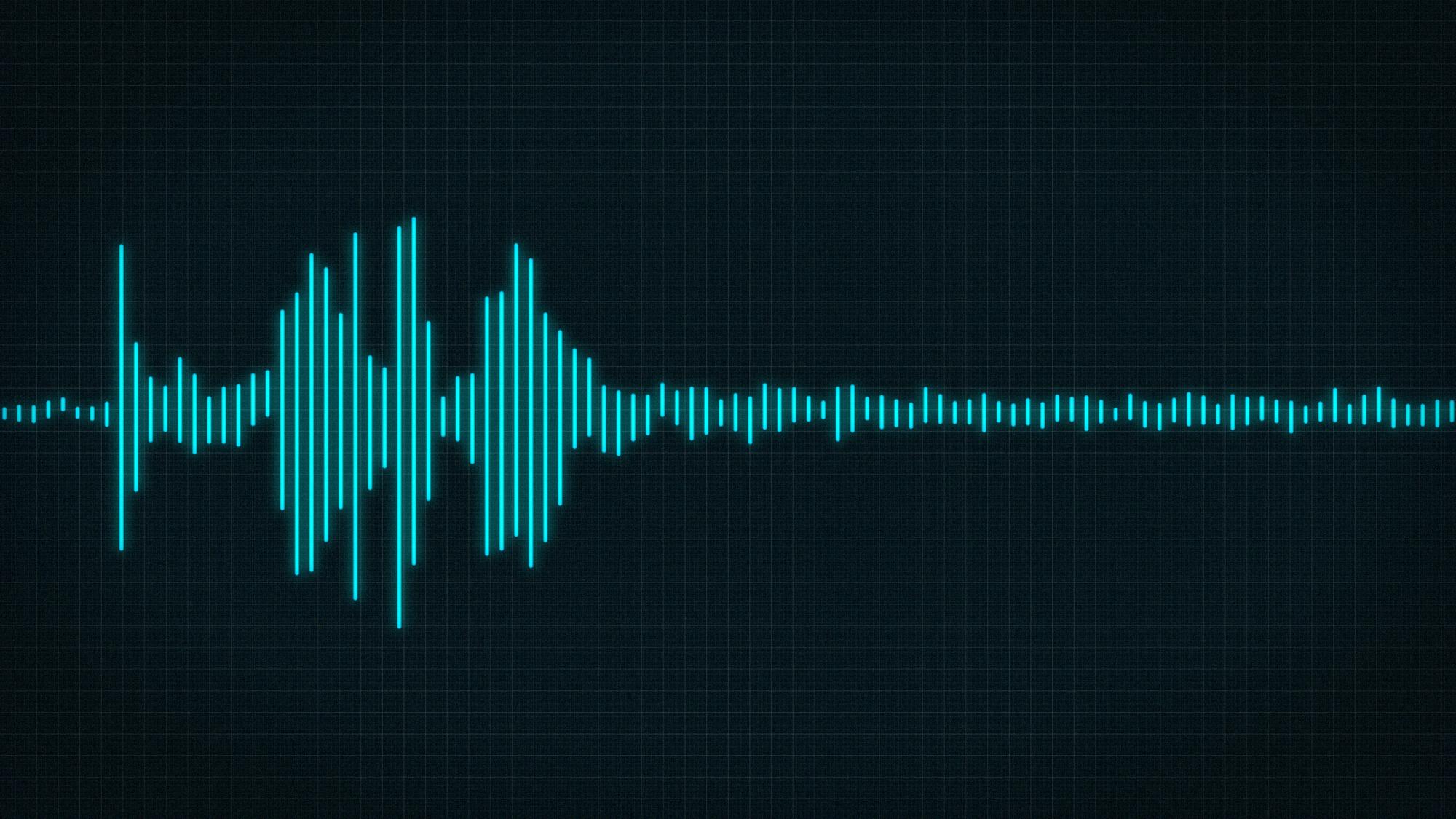Quicktime Player on macOS can record what's on the screen, but it can't record the sound coming from your Mac while recording the screen. By default, you can either record no sound or use an external microphone to record sound. This lead will show you how to record audio from Mac's internal mics. You can go to our macOS hub for all items connected to Apple and macOS.
One of the many infrastructural developments and tricks that make it easier to get work done on macOS is the ability to capture what's on your screen with the built-in Quick Time Player. This means you don't need a third-party app to do this important thing.
But Quicktime Player doesn't let you record the sound from your Mac's internal speakers while you record your screen. By default, you can either record no sound or use an external microphone to record sound. We'll explain how to add the third choice. To record audio from inside your Mac.
How to record internal audio on a Mac screen: the native way
The steps are pretty simple to track, and all you need is a plug-in from a third party and a few changes to the sound settings, and you're ready to go. Let's begin.
- Soundflower can be downloaded from this link and set up like any other third-party app.
- Go to your Mac's spotlight search and look for "Audio MIDI setup." Then, click the "+" sign to make an "Aggregate Device" and rename it "Internal Input."
- Check the packages for sound flower 2ch and built-in microphone on the left.
- Click the "+" sign again to make a Multi-Output Device and rename it Internal audio rec.
- Check the boxes to the left of "built-in output" and "sound flower 2ch."
- Close the window, click the quantity icon on the status bar, and choose Internal audio rec from the drop-down menu that appears. (Once the screen recording is done, switch back to headphones or speakers.)
- Accessible Quick Time Player and set the sound source to Internal input before you start recording your screen.
Say that the process will record both the internal sound and the sound from the external mic. Once you're done recording, click the volume symbol and change the output origin back to Internal Speakers or Headphones, depending on your use. You no longer need third-party software to record the audio on your Mac's internal microphones.
BlackHole is a Mac Screen Recorder with Internal Audio
There is a good alternative to Soundflower, which lets you record internal audio on a Mac while trying to record the screen. Its name is Blackhole. It is being actively updated, and macOS Mojave can be used with it. How to install and then use BlackHole is pretty much the same as how to install and use Soundflower, which we discussed above. Use this link to get BlackHole.
Before you could get the link to download, you'd have to sign up. Follow the above steps to finish the installation. After making a Multi-Output Device, "BlackHole 2ch" will be listed under the Sound Device options. Check the boxes next to "Use" and "Drift Correction."
QuickTime Player can be used to start a new recording. To record internal sounds from your Mac, choose "BlackHole 2ch" as your microphone device. Screenflick lets you record what's on your MacBook screen with the sound.
You can use Screenflick if you don't want to get your hands dirty with the native method and would rather have a third-party app do the heavy lifting for you.
Screenflick is one of the best apps for recording the screen on a Mac with the sound from the computer itself.
- First, click on this link to get Screenflick.
- Then, give the app the permissions it needs, and install it.
- Click "Record System Audio" in Screenflick.
- Next, Screenflick will tell you to download the Screenflick Loopback Plugin. To move forward, press Install.
- Within a week of installing Screenflick, the Mac must be restarted immediately. Make sure you have saved all your work before you restart your Mac.
Use a Chrome extension to record your Mac's screen with internal audio.
If you need to record your screen in a web browser, you don't need to worry about any of the above methods. Instead, you can use a simple Chrome extension to record your screen with the audio from your computer. Many Chrome extensions can do this, but Screen Recorder is the one we recommend.
It has existed for a long time, is very popular, and, most importantly, is free to use and lets you record as much as you want. When you record your Mac screen, it does record internal audio, but be aware that it only exports the video file. WebM format. So, if you want to use FCPX or another video editor to edit the video, you might need to transform it to mp4 or another popular video codec.
Conclusion
Since QuickTime is a good screen recorder, we suggest you use either the Sunflower or BlackHole outgrowth if you know how to use macOS. But if you want something easier, you could use Screenflick to document internal audio on a Mac.





